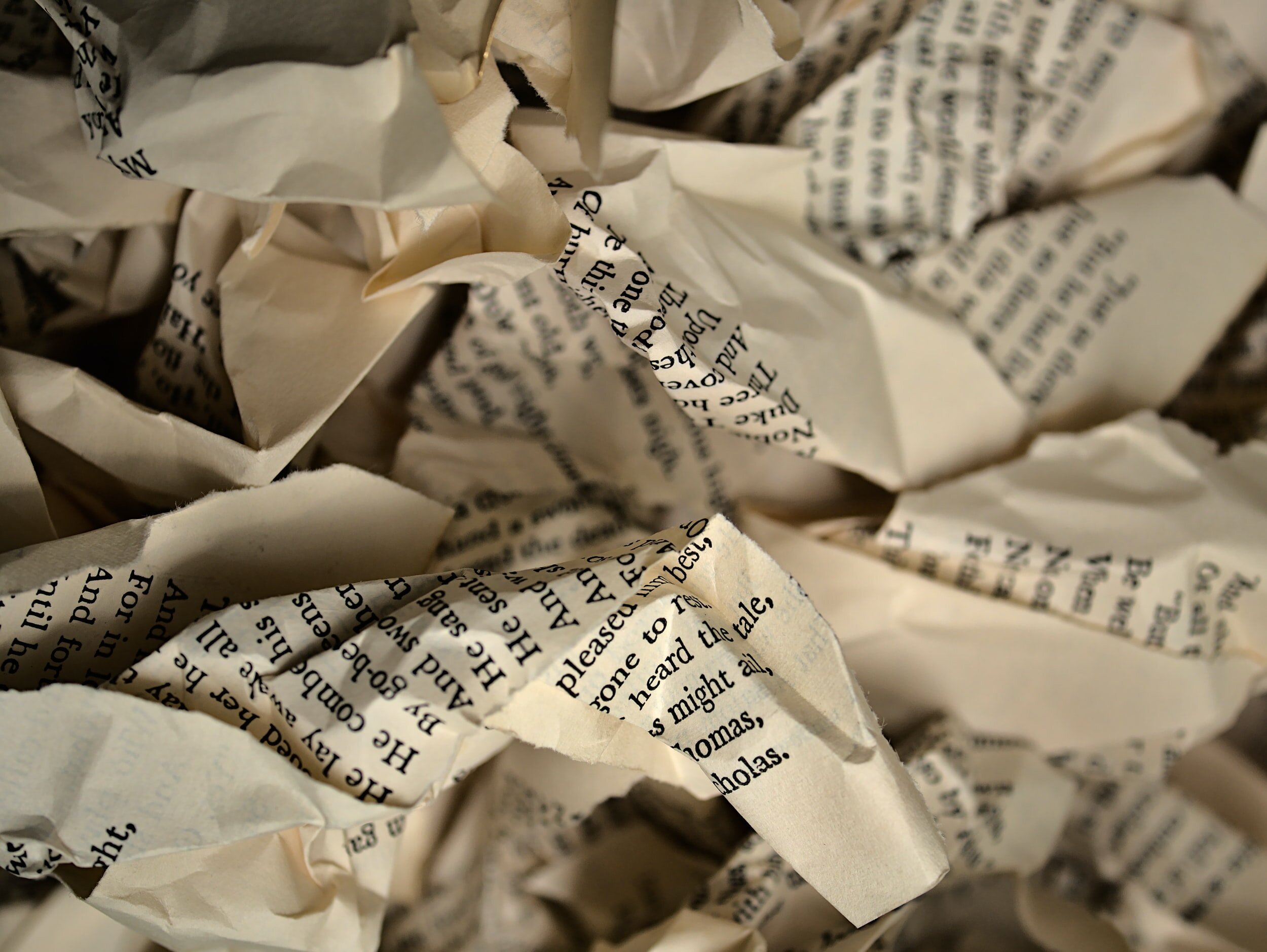How to Destroy Paper Documents without a Shredder: 6 Effective Alternatives
Updated June 2025
Not everyone owns a paper shredder, but that doesn’t mean your private documents should be left vulnerable. Whether you’re decluttering your home office, protecting sensitive information, or disposing of old records, there are safe and effective ways to destroy paper documents without a shredder.
In this guide, we’ll explore the top methods to securely destroy paper without a shredder, including both manual and chemical approaches. These alternatives are ideal for small-volume paper destruction and can be a method to help protect you from identity theft or data breaches.
NOTE: These alternative methods to shredding are not fail-proof. Without NAID Certified shredding methods, your documents could still be at risk using some of these other methods.
1. Tear Paper by Hand (With a Twist)
The most basic way to destroy paper is by manually tearing it into small pieces. While this method is time-consuming, it remains a practical solution for a few sheets at a time.
Pro Tip: To make this method more secure:
Tear the paper vertically and then horizontally into tiny pieces.
Separate the pieces into multiple garbage bags or containers.
Avoid placing the shredded paper in recycling bins—most facilities can’t process tiny or torn fragments properly.
You can also use a hole puncher to puncture sensitive information, such as account numbers or signatures, before tearing the rest.
2. Use Paper Shredding Scissors
Specialty paper shredding scissors, which have multiple blades, are a more efficient alternative to tearing paper by hand. These scissors cut documents into thin strips quickly and are available at office supply stores or online.
Advantages of shredding scissors:
Affordable and easy to store
Safe to use, even for occasional tasks
Great for handling bank statements, bills, and junk mail
After shredding, be sure to dispose of the paper securely, such as mixing it with compost or used coffee grounds before placing it in the garbage.
3. Burn Paper Responsibly
Burning documents is an age-old method of secure disposal. When done safely, it leaves zero chance for document recovery.
Safety tips for burning paper at home:
Use a fireproof container such as a metal barrel or fire pit.
Check local bylaws and fire bans, especially in Alberta’s dry summer season.
Never leave a fire unattended and always have water nearby.
Burn only small amounts of paper at a time to control flames and reduce smoke.
Note: Burning is not environmentally friendly and should be used sparingly or when no other method is available.
4. Soak and Pulp Documents in Water
Soaking paper documents in water can effectively destroy the integrity of the paper, making it unreadable and easy to break apart.
Here’s how to do it:
Materials Needed:
Bucket or large container
Warm or boiling water
Optional: Baking soda, vinegar, or lemon juice
Instructions:
Place the documents in the container.
Fill with water until the paper is fully submerged.
Add a small amount of baking soda or vinegar to help accelerate the breakdown.
Let the paper soak for 2–24 hours depending on the volume and thickness.
Once soaked, stir the mixture to create a paper pulp.
After drying, the mushy remnants can be thrown in the trash or composted.
5. Use Household Chemicals (With Caution)
If you're looking for a faster breakdown of paper, some household chemicals can assist—but always use with extreme caution.
Potential agents:
Bleach – Can break down paper fibers, but toxic fumes are a risk.
Vinegar and lemon juice – Natural alternatives with mild acidic properties.
Hydrochloric acid (muriatic acid) – Very effective, but dangerous and rarely recommended for home use.
Important: Never mix chemicals, and always work in a well-ventilated area using protective gloves and eyewear. For most home users, sticking with water, vinegar, or baking soda is safest and sufficient.
6. Blend It in a Kitchen Blender
If you're dealing with a small volume of documents, consider turning them into pulp using a standard blender.
How to do it:
Tear paper into small pieces and soak them in water for a few hours.
Add the soaked paper to a blender with extra water.
Pulse until the paper becomes a slurry or pulp.
This method is perfect for those who want to recycle the material into DIY paper crafts or simply make it unrecoverable before disposal.
Warning: Avoid using the same blender for food prep afterward.
Why Secure Document Destruction Matters
Identity theft and data breaches can start with something as simple as a discarded bank statement. Whether it’s utility bills, tax documents, or medical records, proper disposal of confidential documents is essential for protecting your personal information.
And if manual methods feel too time-consuming or risky?
Call in the Pros: Secure Mobile Shredding Services
If you have large volumes of documents or want complete peace of mind, consider hiring a professional shredding service like Merlin Shredding. We offer mobile residential and commercial shredding across Alberta, bringing secure paper destruction directly to your door.
Quick and convenient appointments
Environmentally responsible disposal
Certified secure shredding processes
Contact us to schedule a visit or ask about our community shredding events!
Final Thoughts
Destroying paper documents without a shredder is entirely possible with the right methods. Whether you're tearing by hand, soaking in water, or burning under supervision, always choose the approach that fits your comfort level and volume of material.
For larger cleanouts or when security is paramount, let professionals handle the job. Merlin Shredding is here to help keep your information safe and your mind at ease.


